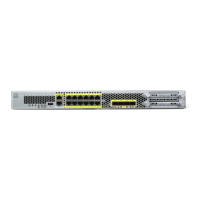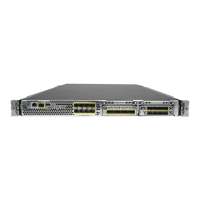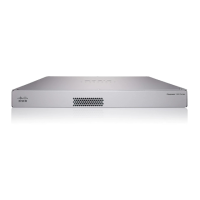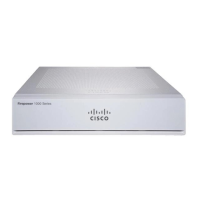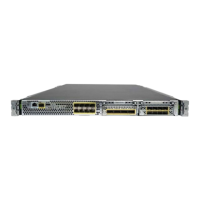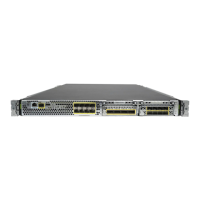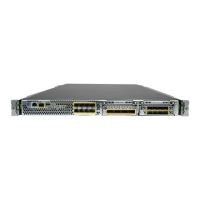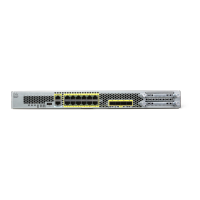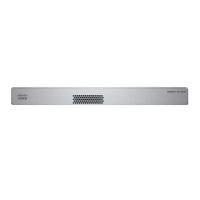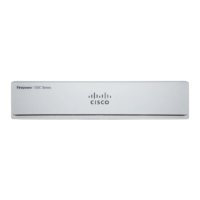37-45
Cisco Security Appliance Command Line Configuration Guide
OL-10088-01
Chapter 37 Configuring WebVPN
WebVPN End User Setup
Table 37-6 WebVPN Remote System Configuration and End User Requirements
Task Remote System or End User Requirements Specifications or Use Suggestions
Starting WebVPN Connection to the Internet Any Internet connection is supported, including:
• Home DSL, cable, or dial-ups
• Public kiosks
• Hotel hook-ups
• Airport wireless nodes
• Internet cafes
WebVPN-supported browser We recommend the following browsers for
WebVPN. Other browsers might not fully support
WebVPN features.
On Microsoft Windows:
• Internet Explorer version 6.0
• Netscape version 7.2
• Mozilla version 1.7 and later
• Firefox 1.x
On Linux:
• Mozilla version 1.7
• Netscape version 7.2
• Firefox 1.x
On Solaris:
• Netscape version 7.2
On Macintosh OS X:
• Safari version 1.0
• Firefox 1.x
Cookies enabled on browser Cookies must be enabled on the browser in order to
access applications via port forwarding.
URL for WebVPN
An https address in the following form:
https://address
where address is the IP address or DNS hostname
of an interface of the security appliance (or load
balancing cluster) on which WebVPN is enabled.
For example: https://10.89.192.163 or
https://cisco.example.com.
WebVPN username and password
[Optional] Local printer WebVPN does not support printing from a web
browser to a network printer. Printing to a local
printer is supported.
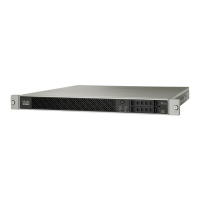
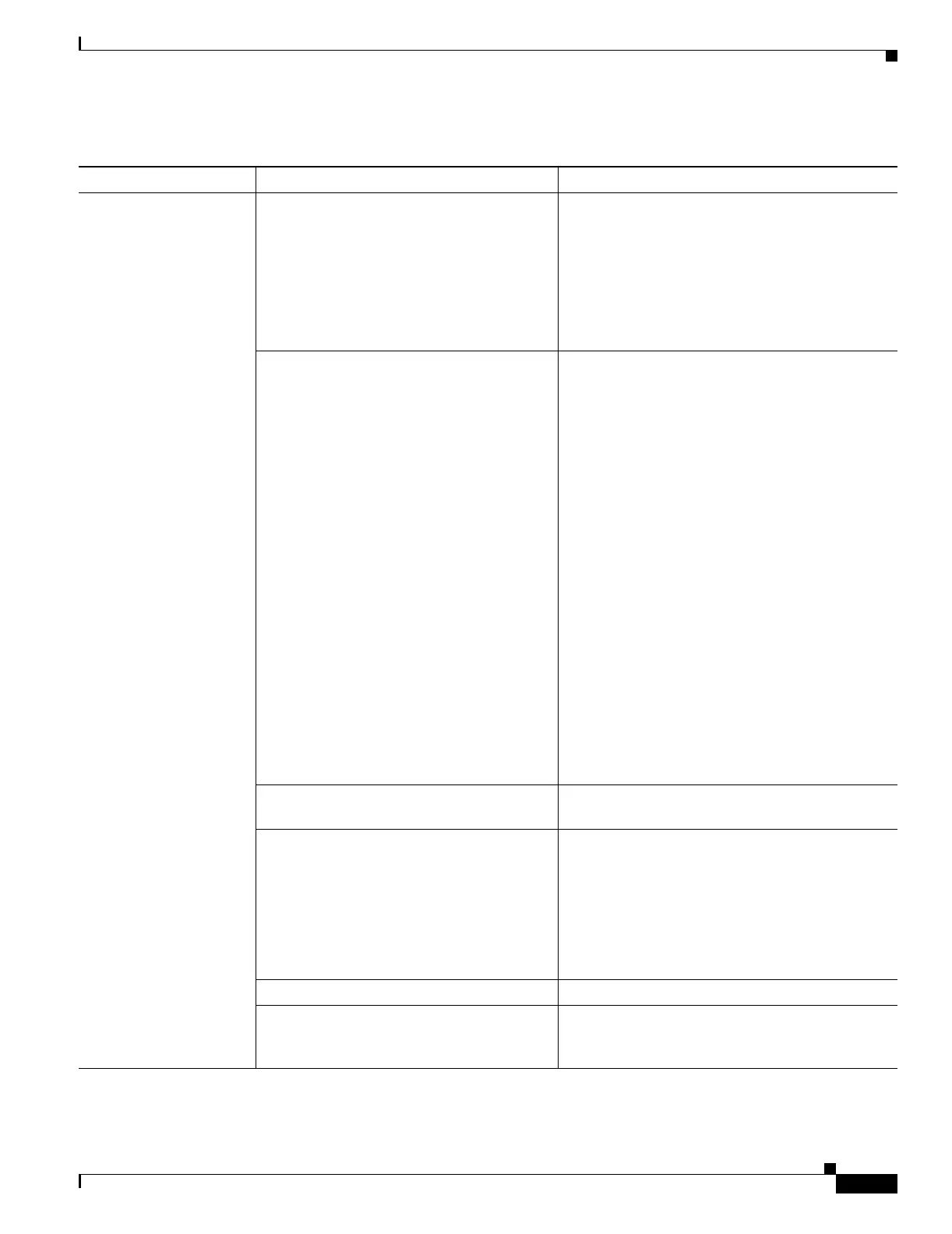